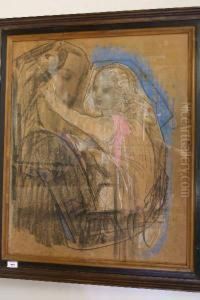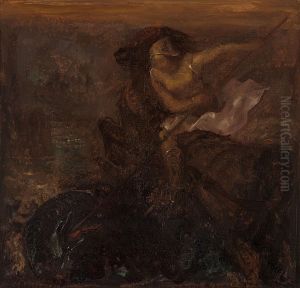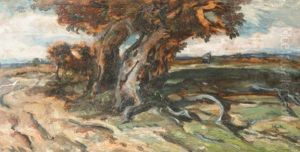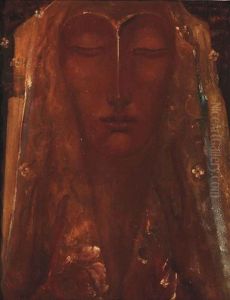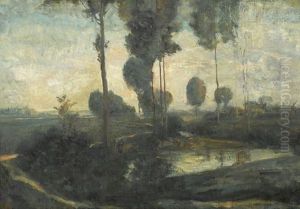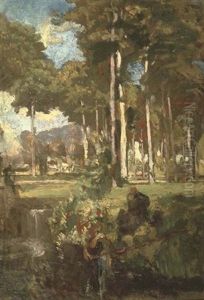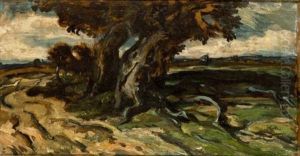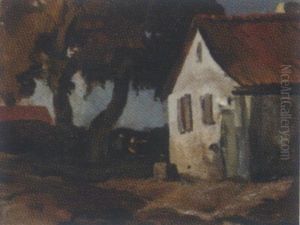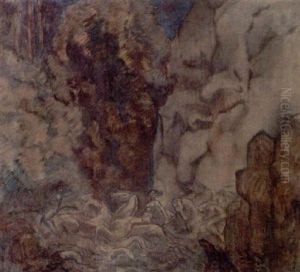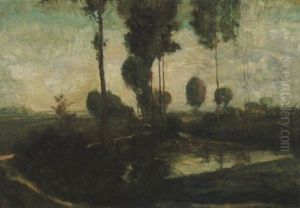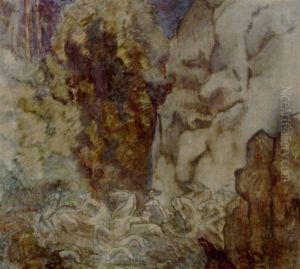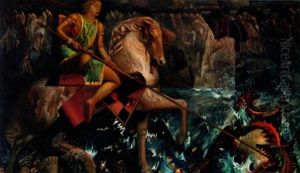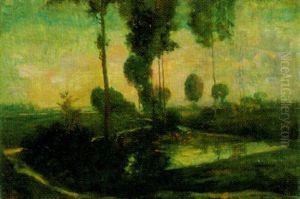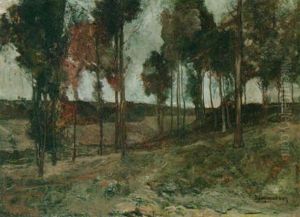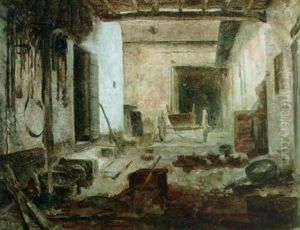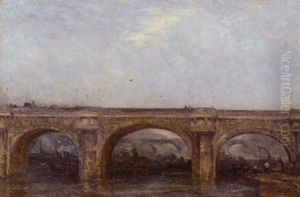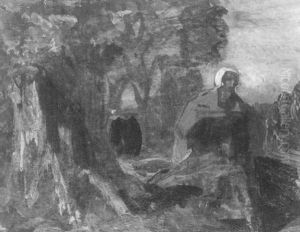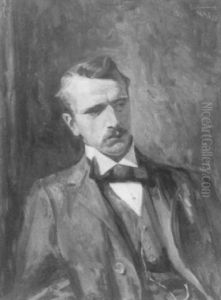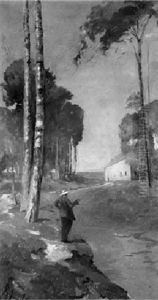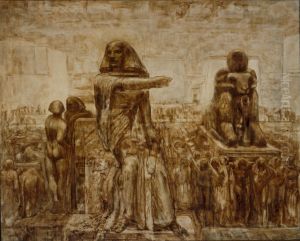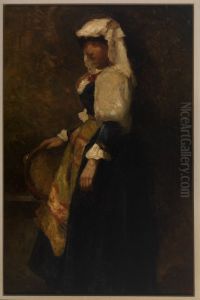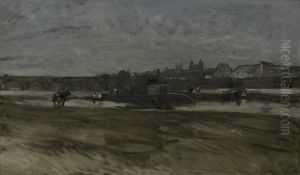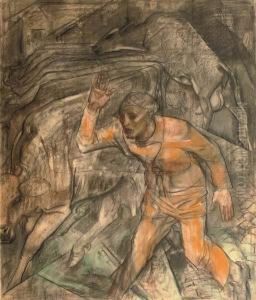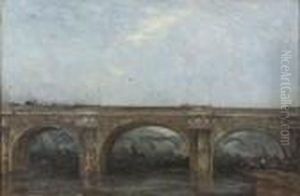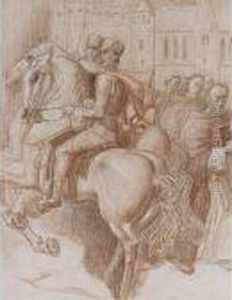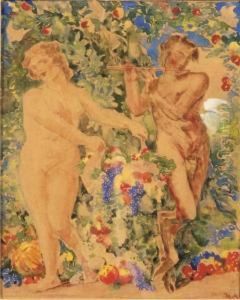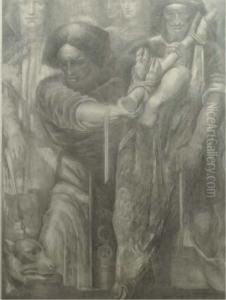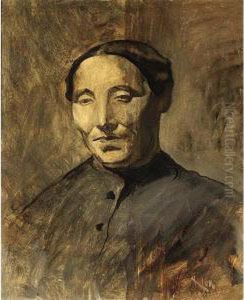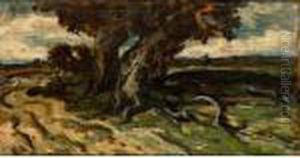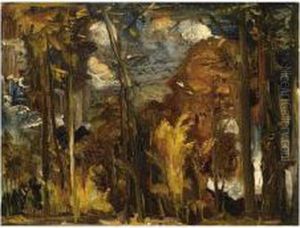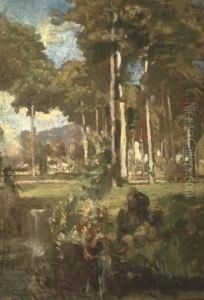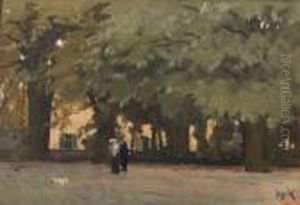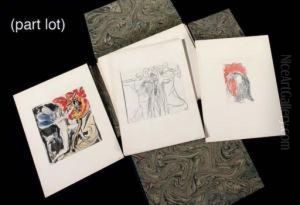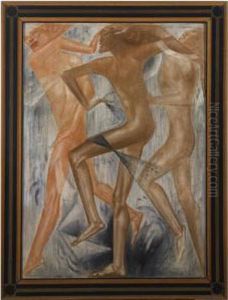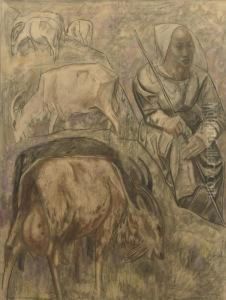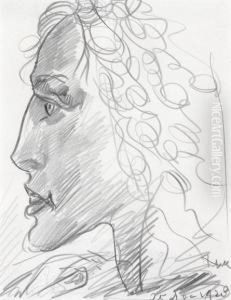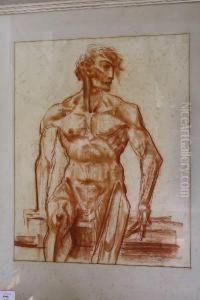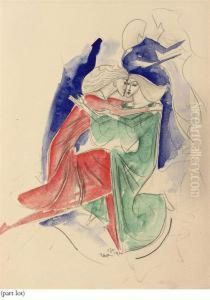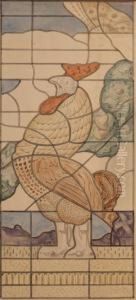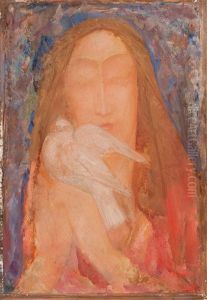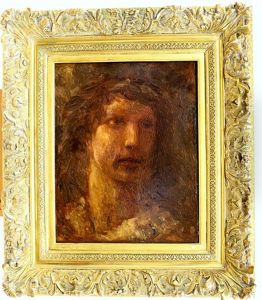Willem Van Konijnenburg Paintings
Willem Adriaan van Konijnenburg was a distinguished Dutch painter, drawer, and graphic artist, born on February 11, 1868, in The Hague, Netherlands. He is known for his diverse range of works that included portraits, landscapes, historical and allegorical themes. Van Konijnenburg grew up in a well-to-do family, which afforded him the privilege of a good education and the ability to pursue his artistic interests.
In the early stages of his career, Van Konijnenburg was influenced by the Symbolist movement and the work of contemporaries like Jan Toorop. His style evolved over the years, from the detailed and realistic approach of the 19th century to a more abstract and stylized method in the 20th century. He was particularly noted for his exceptional drawing skills, and his works often reflected a fascination with classical forms, spirituality, and philosophical concepts.
During his lifetime, he was part of several art societies, including 'Pulchri Studio' in The Hague, which played a vital role in his development and exposure as an artist. He also taught at the Royal Academy of Art in The Hague, where he influenced a new generation of artists. Van Konijnenburg's later works were characterized by a harmonious simplicity and a sense of timelessness, which set him apart from his contemporaries who were experimenting with modern art movements such as Cubism and Expressionism.
Willem Van Konijnenburg remained active in the Dutch art scene throughout his life, contributing significantly to its richness and diversity. His oeuvre was celebrated with exhibitions and retrospectives, and his work is part of several Dutch museum collections. Van Konijnenburg passed away on February 28, 1943, in The Hague, leaving behind a legacy of a unique and visionary approach to art that continues to be studied and admired.
